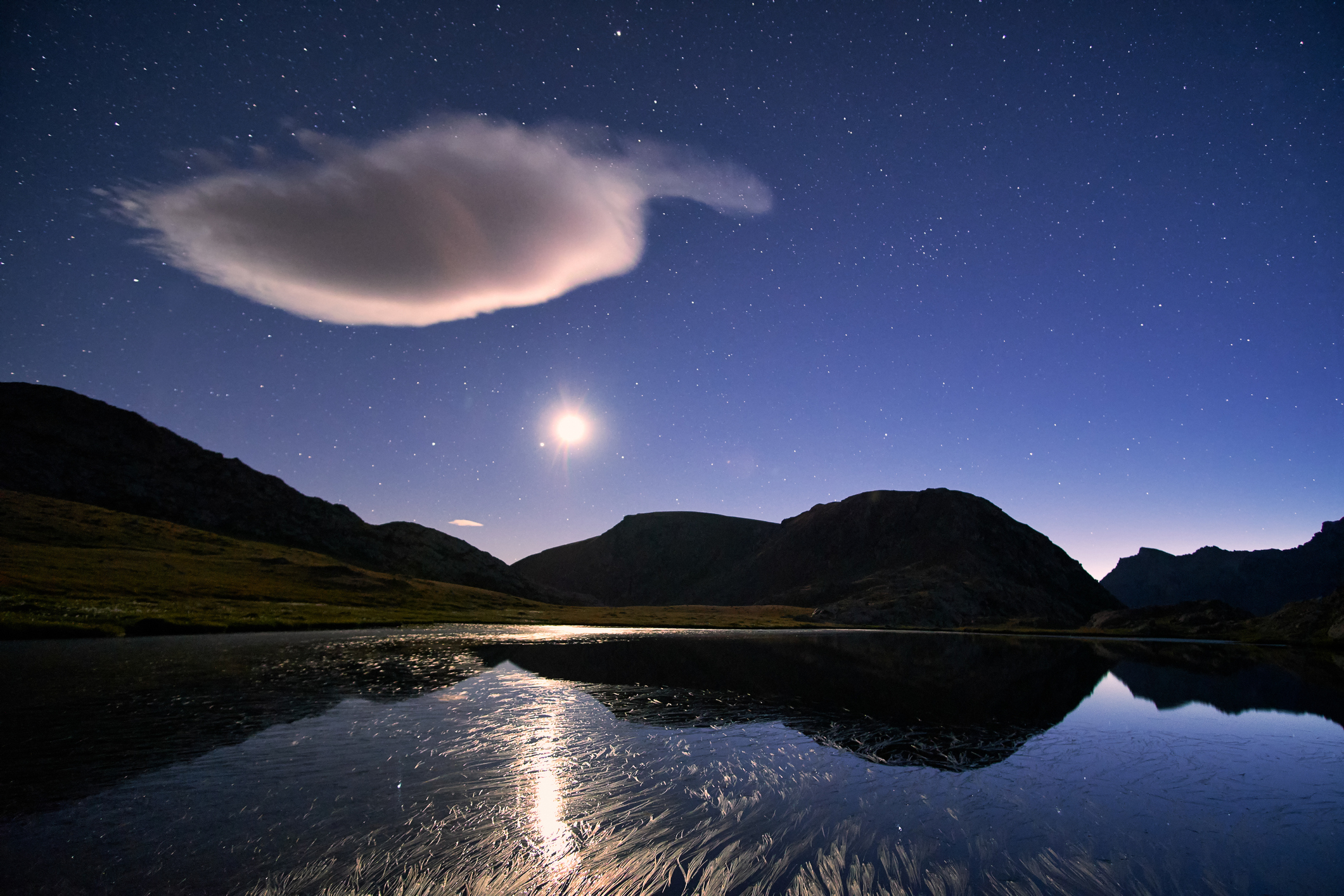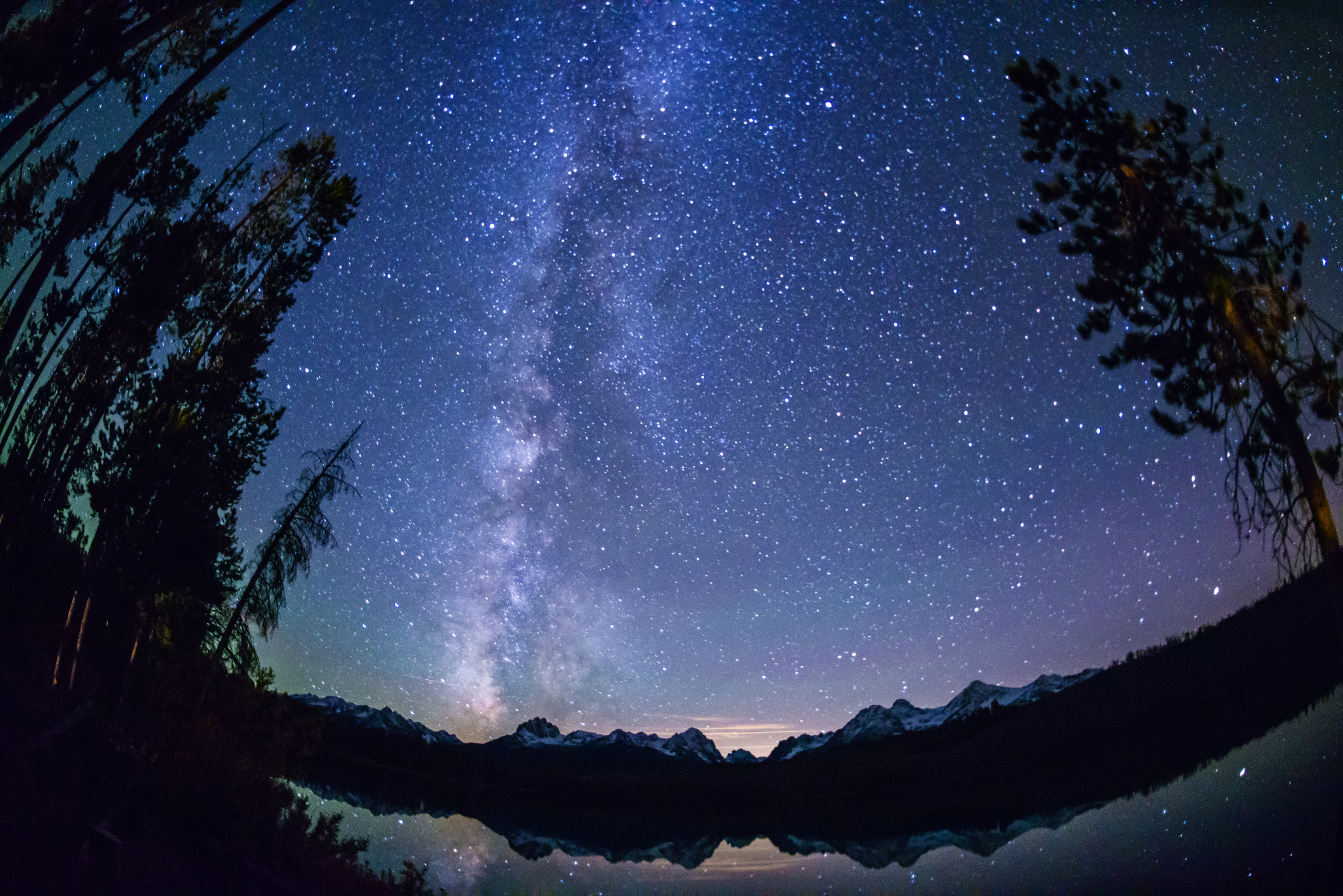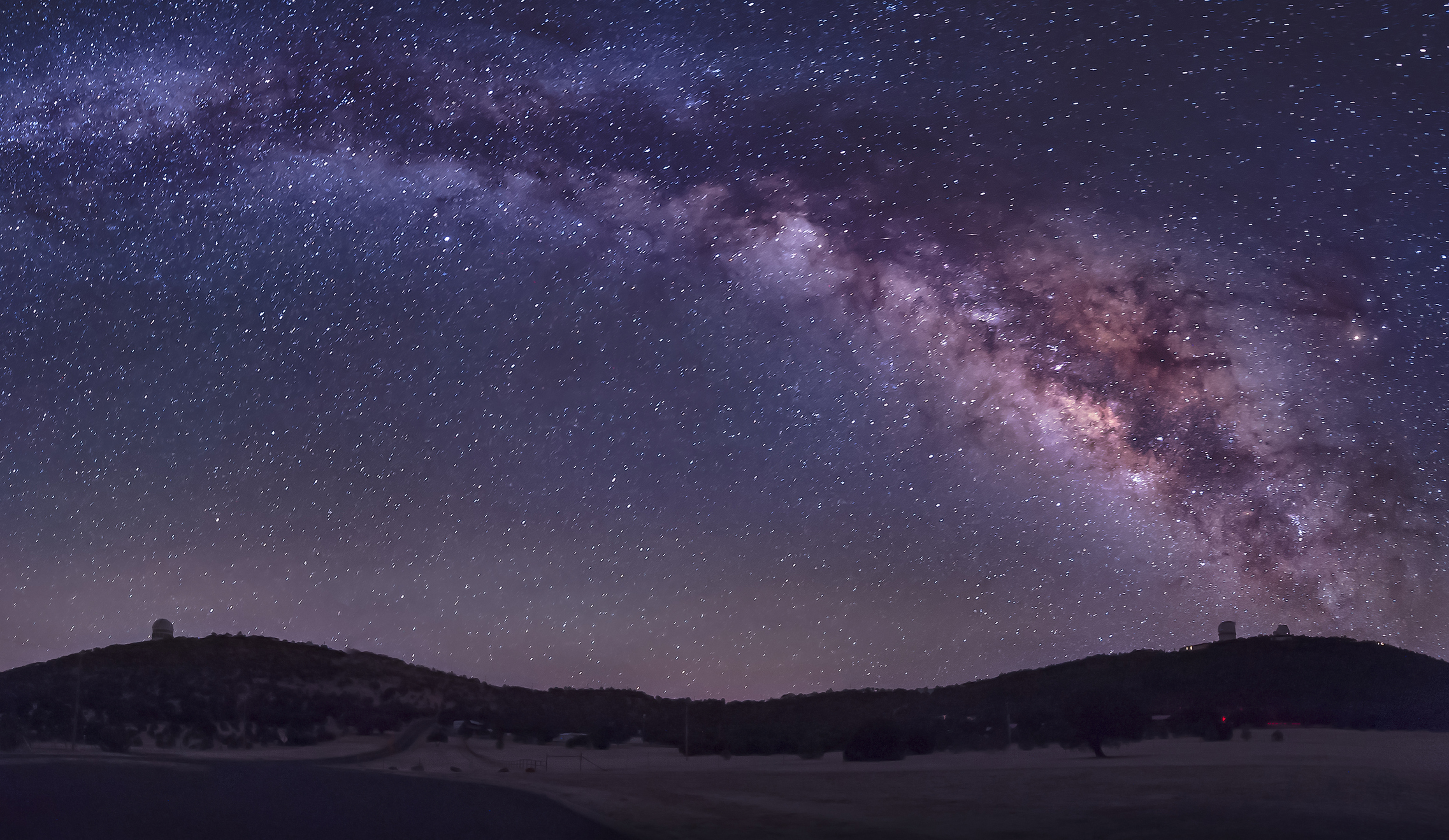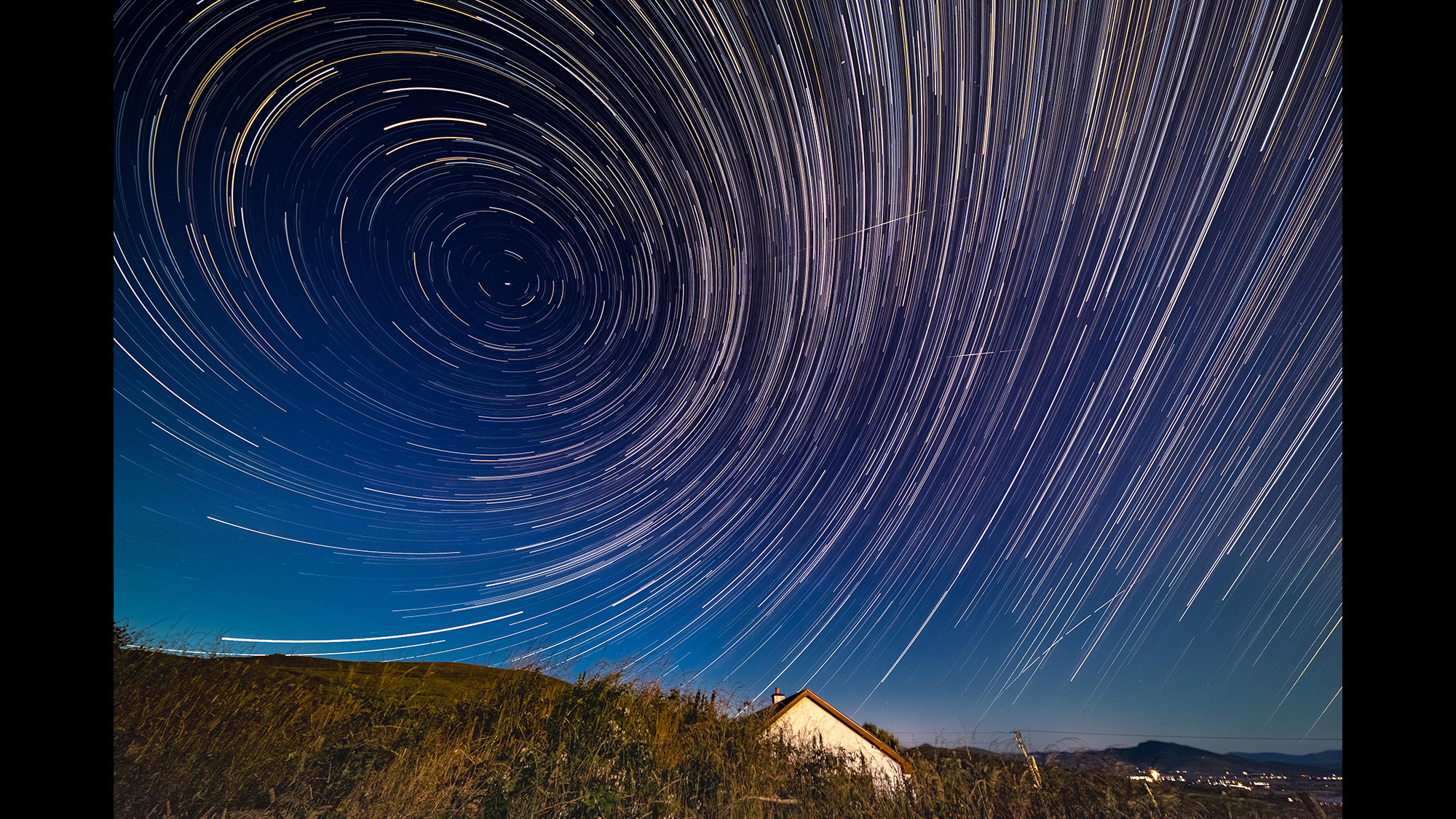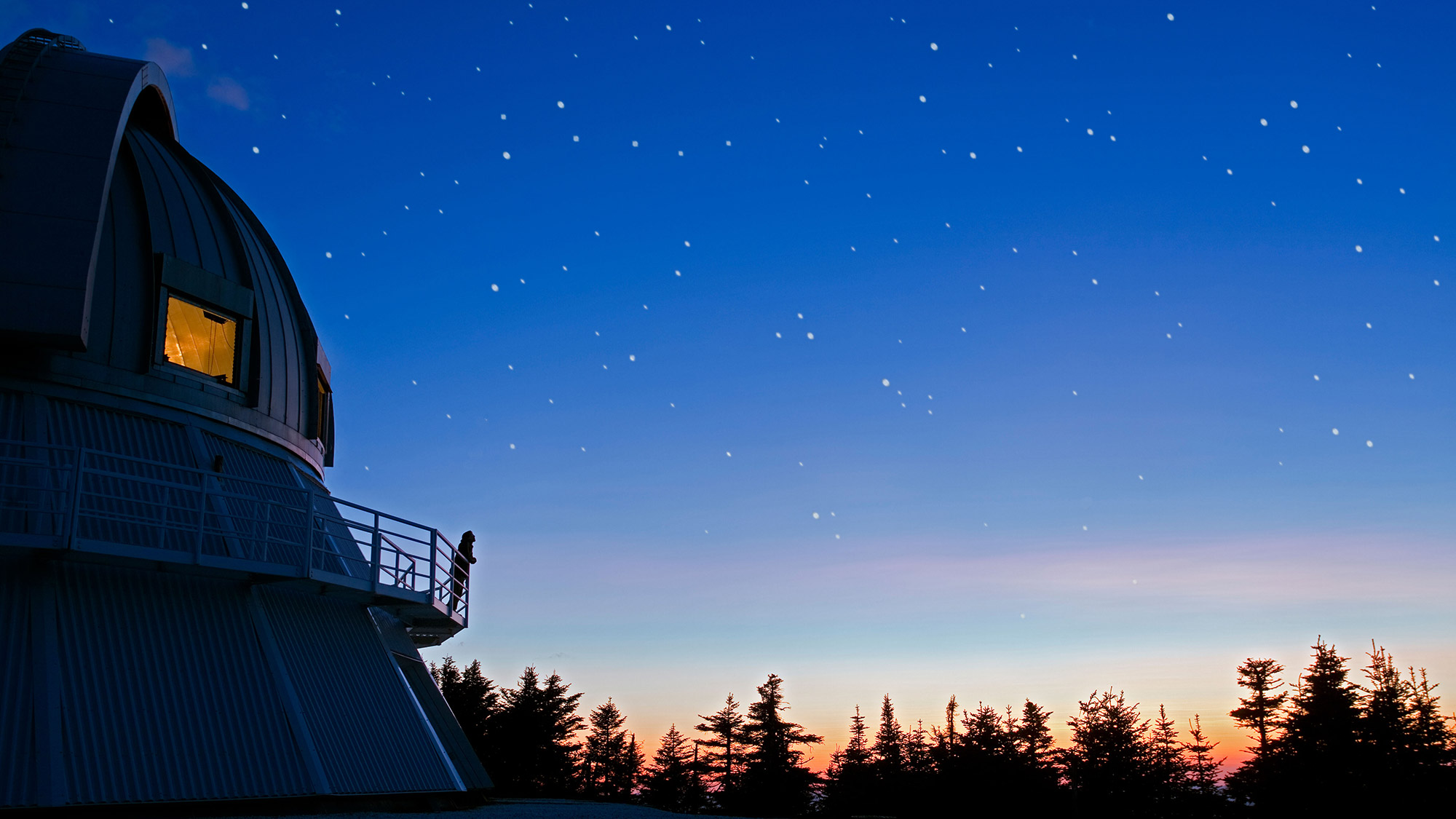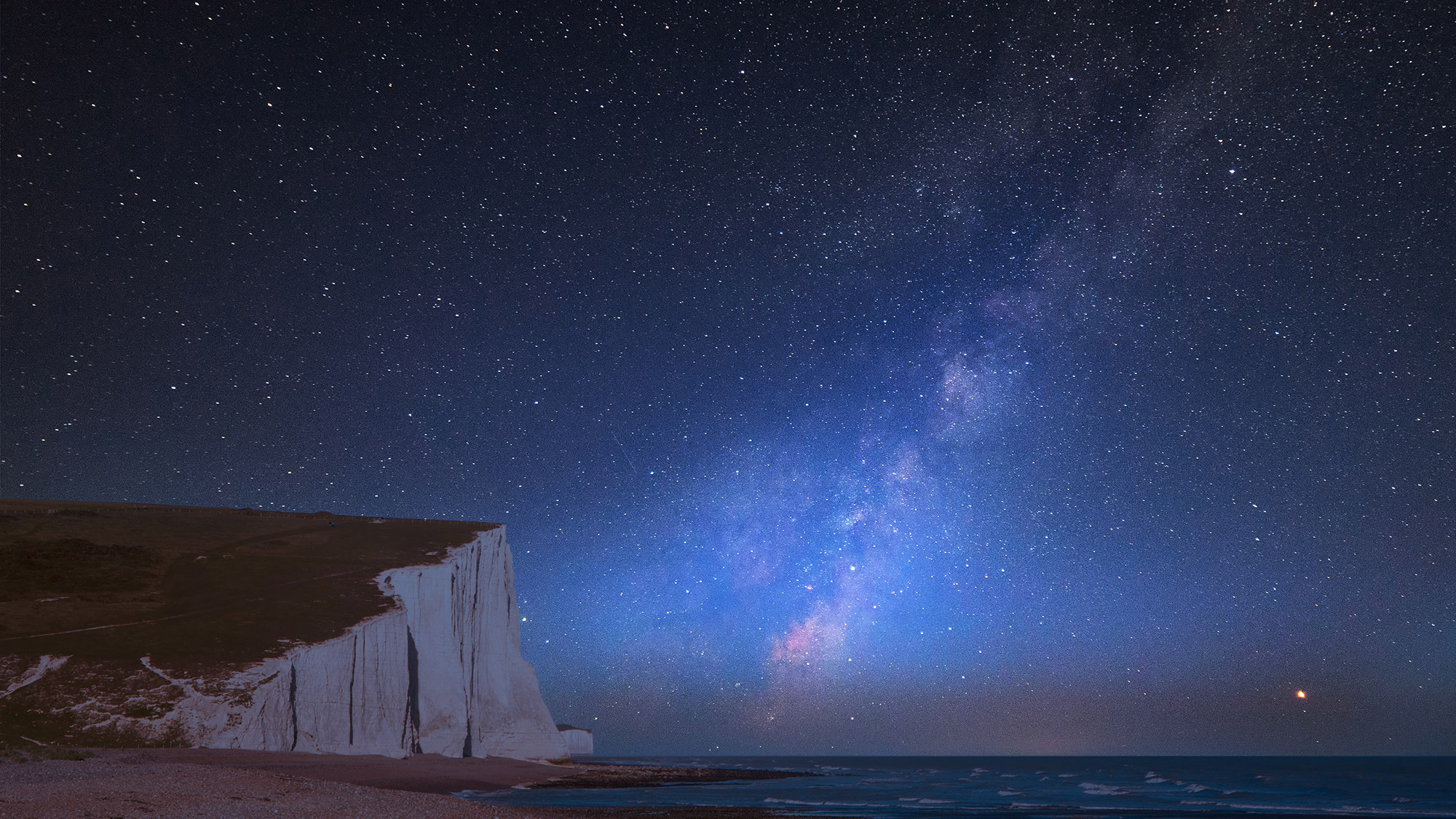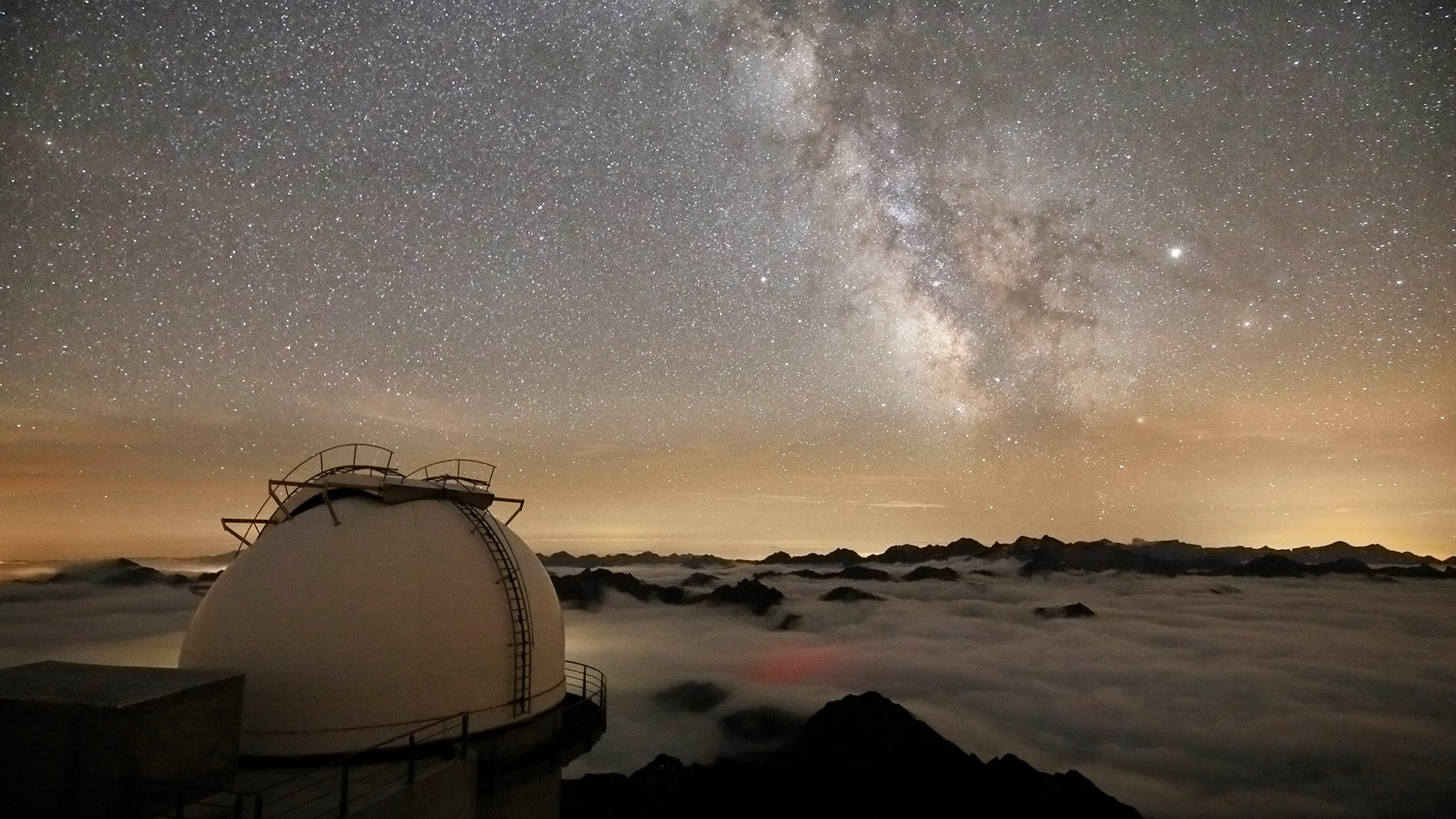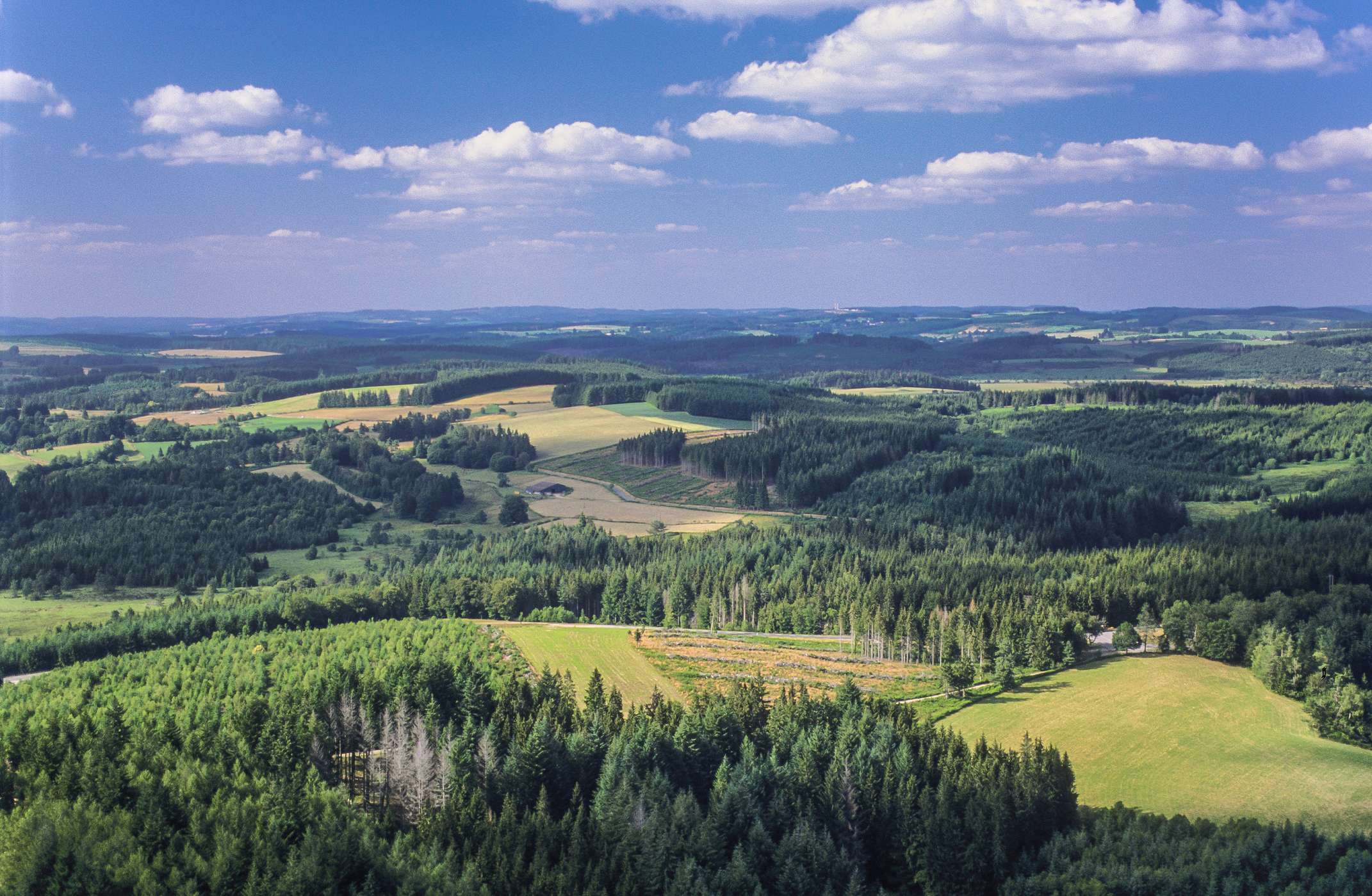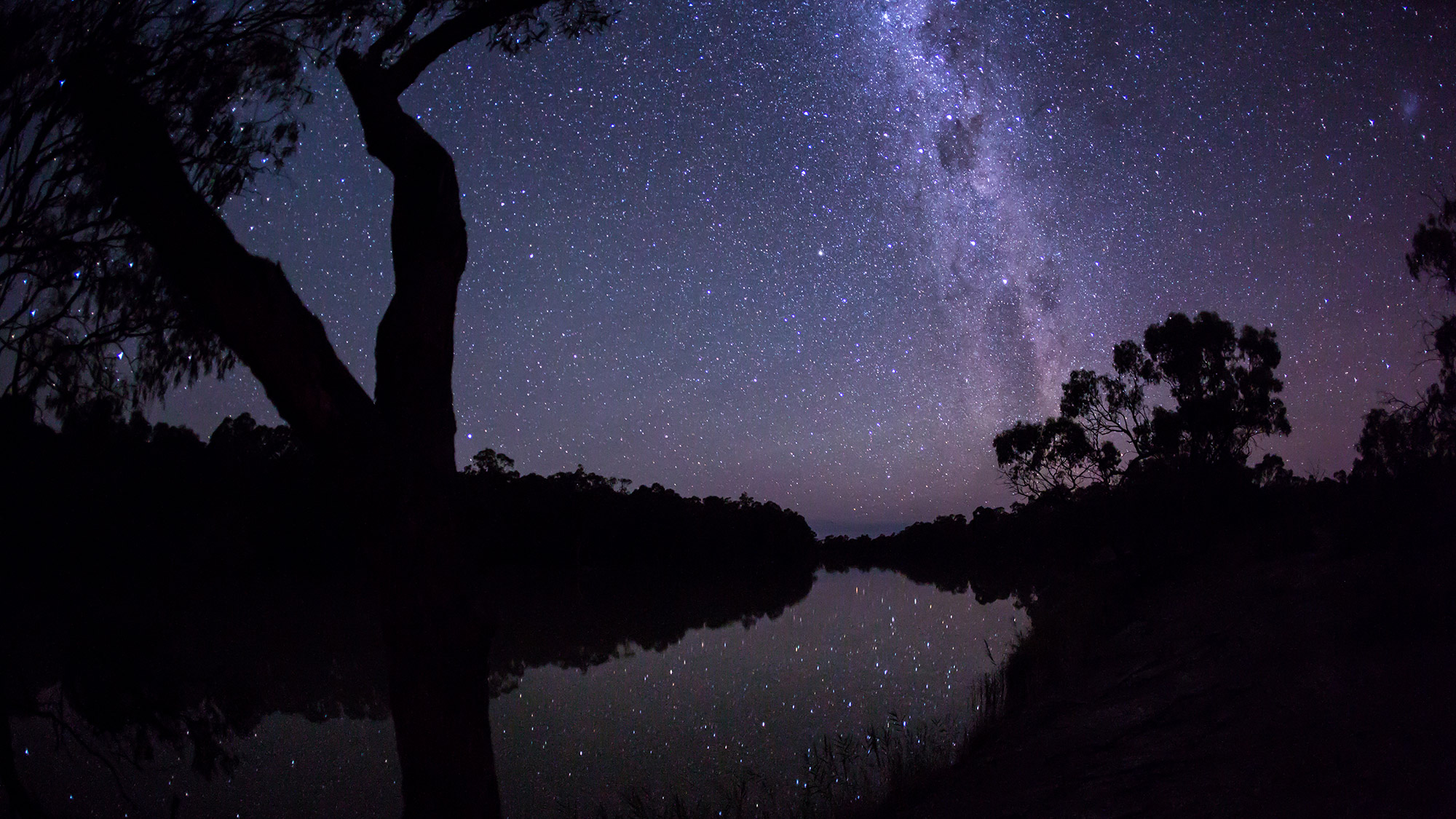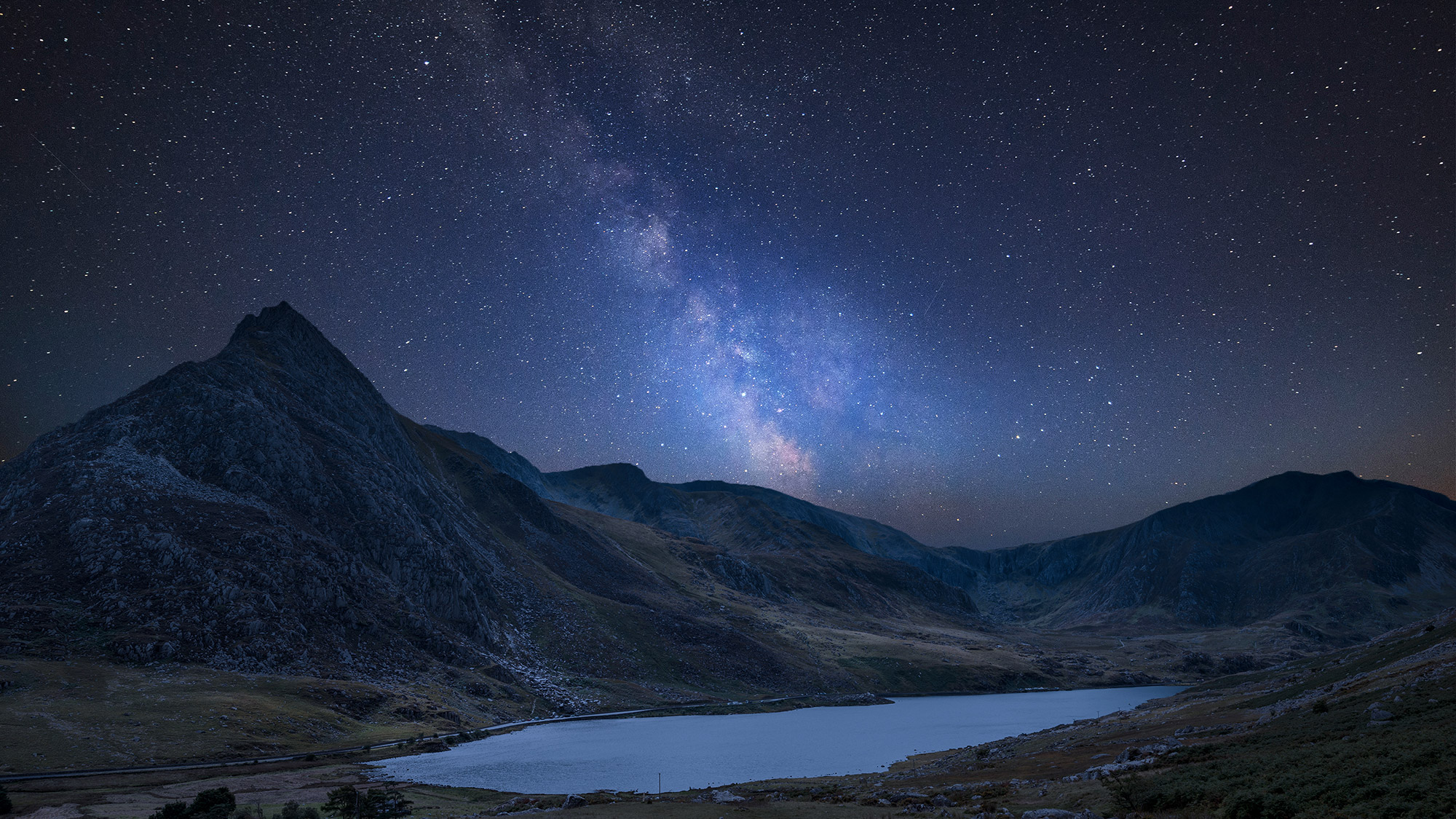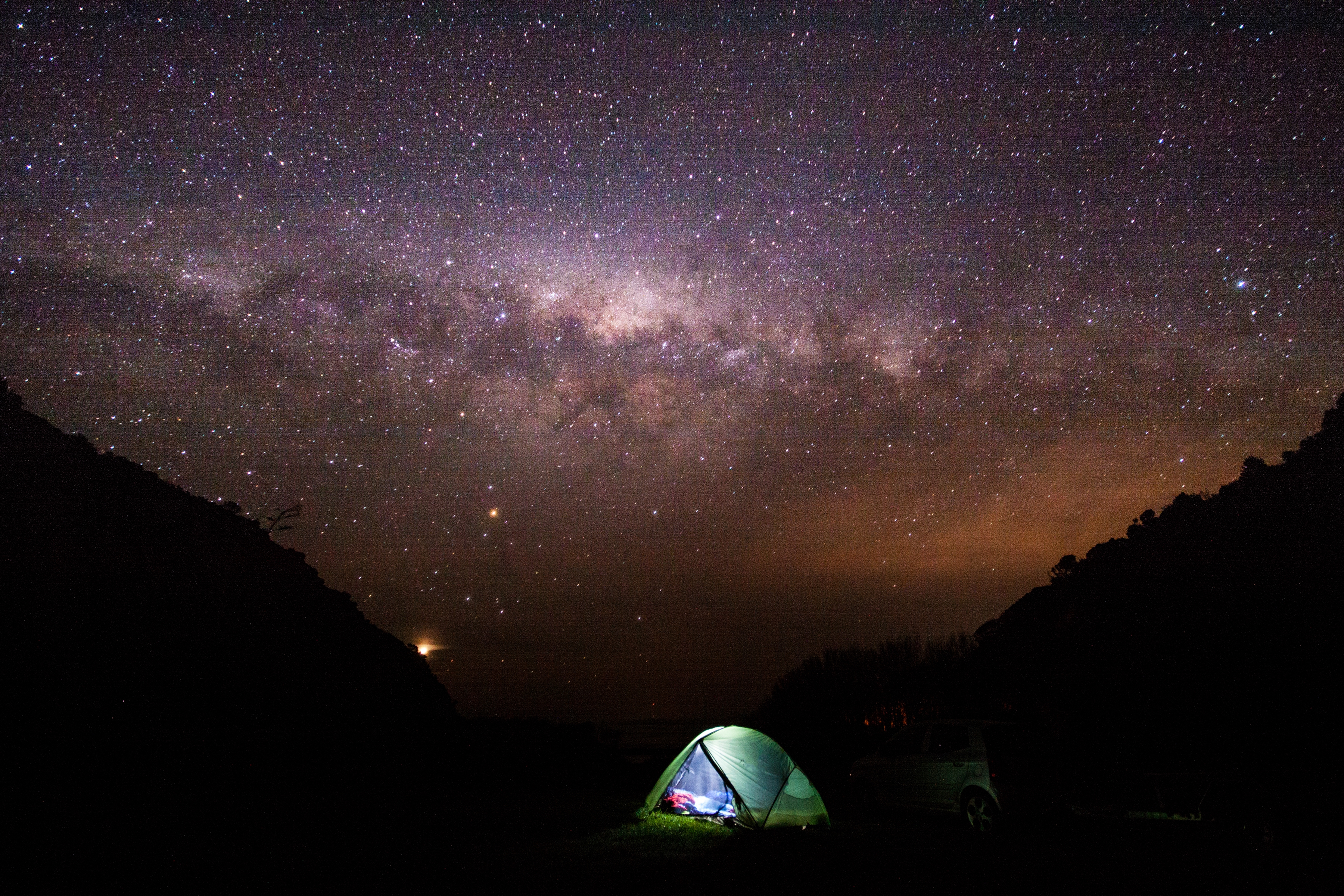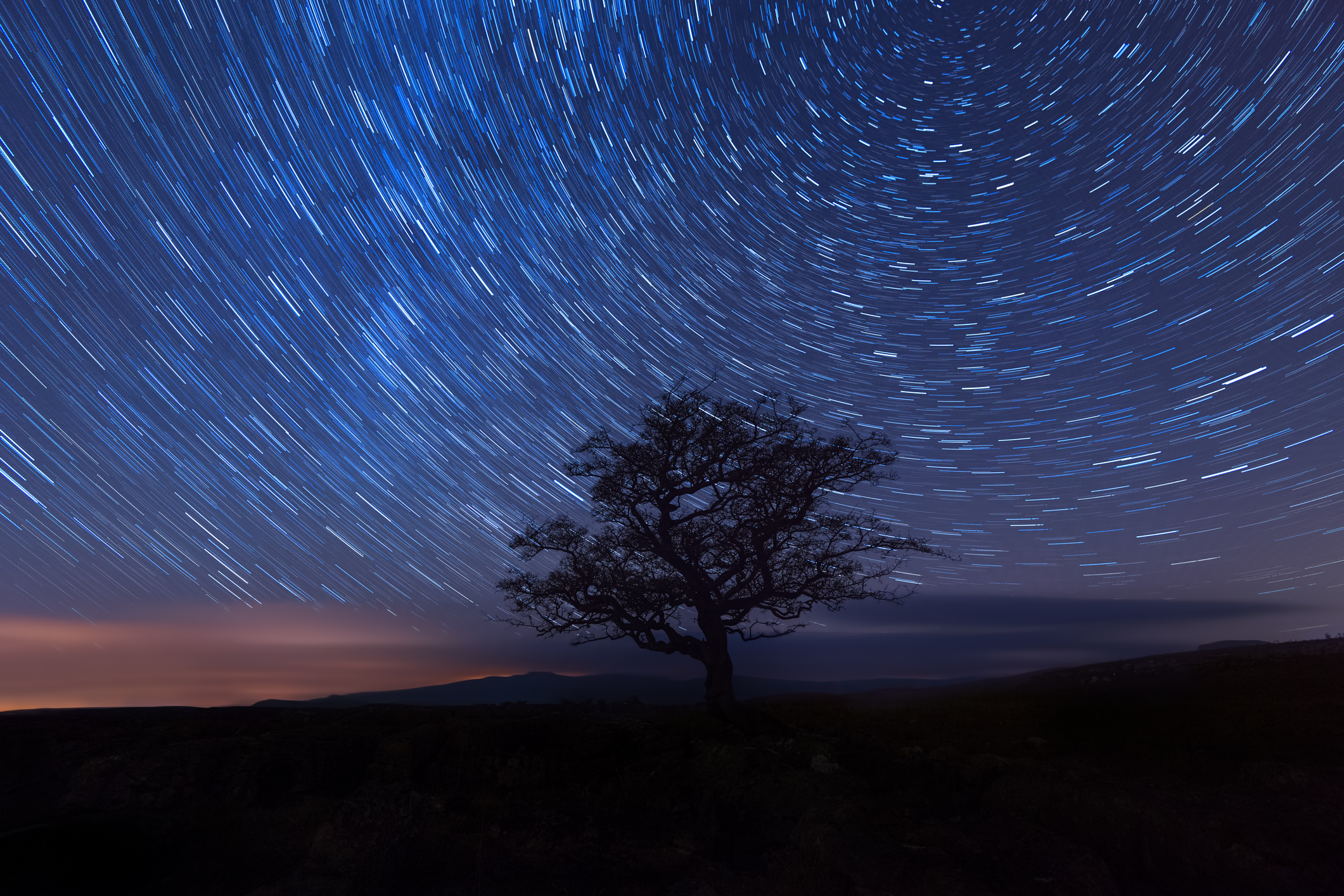21 amazing dark sky reserves around the world
The International Dark-Sky Association (IDA) is working to preserve the night sky for its cultural and scientific value.
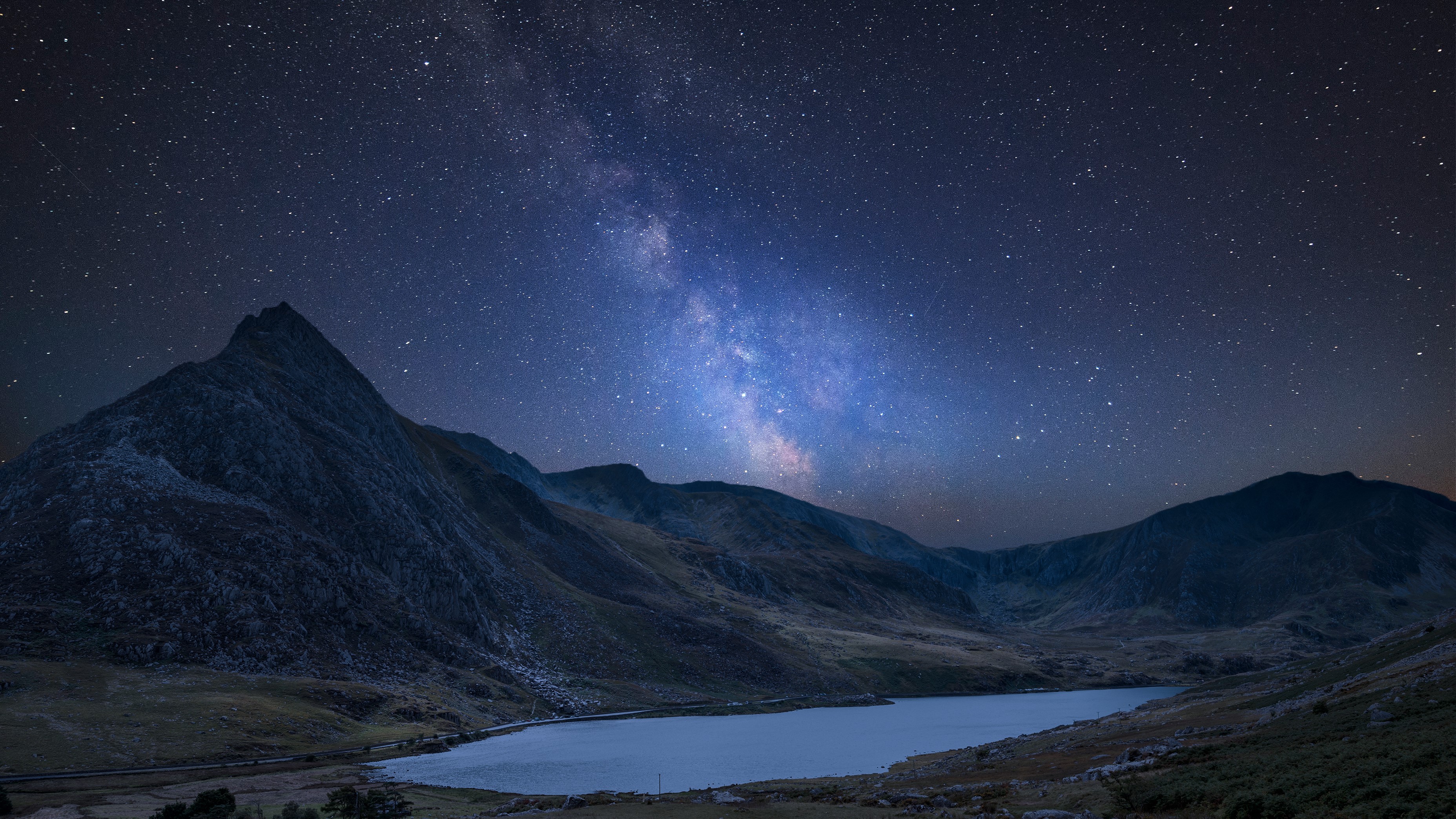
- Alpes Azur Mercantour (France)
- Aoraki Mackenzie (New Zealand)
- Brecon Beacons National Park (Wales)
- Central Idaho (United States)
- Cévennes National Park (France)
- Cranborne Chase (England)
- Exmoor National Park (England)
- Greater Big Bend International Dark Sky Reserve (U.S./Mexico)
- Kerry (Ireland)
- Mont-Mégantic (Québec)
- Moore's Reserve (South Downs, England)
- NamibRand Nature Reserve (Namibia)
- North York Moors National Park (England)
- Pic du Midi (France)
- Regional Natural Park of Millevaches in Limousin (France)
- Rhön (Germany)
- River Murray (Australia)
- Snowdonia National Park (Wales)
- Wairarapa Dark Sky Reserve (New Zealand)
- Westhavelland (Germany)
- Yorkshire Dales National Park (England)
- Additional resources
If you're dreaming of a crystal-clear view of the stars, far from the glow of city lights, a dark sky reserve might be your perfect destination. Light pollution — caused by streetlights, buildings, and industrial emissions — makes it increasingly difficult to see the night sky in all its glory. That's where Dark Sky Reserves come in.
Designated and protected by the International Dark-Sky Association (IDA), these special areas offer some of the best stargazing experiences on Earth. To earn official recognition, each reserve must meet strict standards for natural darkness and sky quality, ensuring minimal light interference. The IDA works with local communities and governments around the world to preserve these incredible nightscapes.
If you're looking to make a trip to a dark sky reserve and are looking for a telescope or binoculars to help your observations our guides for the best binoculars deals and the best telescope deals now can help. Our best cameras for astrophotography and best lenses for astrophotography can also help you prepare to capture the next skywatching sight on your own.
Related: Can you see stars in light-polluted skies?
Alpes Azur Mercantour (France)
The gentle climate and renowned biodiversity in Mercantour National Park in France make it a popular dark sky reserve among astronomy enthusiasts, according to the IDA. One of the first mountain observatories, Mont Mounier was established here at the end of the 19th century. In between gazing at the stars, you can enjoy the mountain views and close proximity to the coast.
Aoraki Mackenzie (New Zealand)
In the 1908s, local officials began to more aggressively control outdoor lighting in the Aoraki Mackenzie International Dark Sky Reserve in New Zealand, not only to protect the sky but also to conserve energy and protect wildlife, according to the IDA. The Māori, who are indigenous residents in this region, use the night sky for navigation and also have a wealth of astronomy and star cultural lore that is culturally important. Helping to keep the sky unpolluted, the Māori is therefore one of the reasons IDA is glad to preserve this area's dark skies.
Brecon Beacons National Park (Wales)
The Brecon Beacons National Park in Wales is so isolated that sheep outnumber people 30 to 1, according to IDA. Nevertheless, the community of roughly 33,000 residents has been working hard to make 100 percent of their lighting conducive to preserving the dark skies. It's a big win for astronomy enthusiasts, as there used to be a lot of lighting that washed out astronomy views.
Breaking space news, the latest updates on rocket launches, skywatching events and more!
Central Idaho (United States)
If you're looking for a wilderness experience similar to what our ancestors had, Stanley Lake in central Idaho is one of the few places that not only is lacking in electricity but also mobile phone service, IDA says. The rugged terrain in the region has made it difficult to put in infrastructure, which has left behind some truly dark skies for visitors. During the day, there are also opportunities for hiking, backpacking and horseback riding.
Cévennes National Park (France)
While much of France has urbanized over the centuries, Cévennes remains uniquely sparse thanks to the mountainous terrain in this region. There is no lack of people — some 71,000 inhabitants within 250 villages — but the region is mostly made up of farmland, with nearby activities including mountain biking, fishing, hiking and spelunking (cave exploring). Local authorities have also done their best to preserve the sky views, IDA says.
Cranborne Chase (England)
The dark sky reserve of Cranborne Chase in Dorset, U.K. features a chalk formation, sharp hills and numerous clays and gravels, IDA says. The interesting landscape adds to the beauty of the night sky, which is preserved between the counties Dorset, Hampshire and Wiltshire. Adjacent to this reserve is Salisbury Plain, home to the famous Stonehenge monument.
Exmoor National Park (England)
If you're looking for a dark sky reserve within a short drive of urban centers, Exmoor National Park in Devon, U.K. offers exceptional skies and accessibility at the same time. History buffs can also visit Bronze Age burial mounds or a deserted medieval settlement in the region, IDA says.
Greater Big Bend International Dark Sky Reserve (U.S./Mexico)
The Greater Big Bend International Dark Sky Reserve is currently the world's largest Reserve and Protected Dark Sky Place according to the IDA. It is also the first bi-national International Dark Sky Reserve as it spans over 9 million acres, from Fort Davis, Texas, to the Rio Grande River at the US/Mexico international border, and also three protected areas in Mexico — Maderas del Carmen, Ocampo, and Cañón de Santa Elena. At the very heart of the reserve is the McDonald Observatory
Kerry (Ireland)
If you're taken aback by the dark sky views in County Kerry, a barren region in Ireland, know that you are not alone. Neolithic inhabitants of the region built stone monuments nearly 6,000 years ago to keep track of the sun, moon and stars, and some of the Ogham-language inscriptions in the region might describe celestial observations, the IDA says.
Mont-Mégantic (Québec)
Mont-Mégantic Reserve, which is near the large city of Sherbrooke in Quebec, has some unique features to it for visitors, including an observatory. The 34 municipalities in this region have agreed to outdoor lighting regulations to control the spread of light pollution, which IDA says would be a good model for other interested urban areas who wish to follow suit.
Moore's Reserve (South Downs, England)
"It is remarkable that any relatively dark areas remain between London and the south coast of England," IDA says about South Downs National Park on the English coast, which lies only 60 miles (100 km) from the greater London area.
The park has been able to keep its dark skies even with 108,000 residents and a highly urbanized center within a reasonable driving distance. In fact, nearly 10 million people live within a two-hour driving distance of this park. The dark sky reserve has been named the Moore's Reserve in honor of local astronomer Sir Patrick Moore (1923-2012) to honor his contributions to the field of astronomy.
NamibRand Nature Reserve (Namibia)
The NamibRand Nature Reserve in Namibia represents one of the largest private nature reserves on the continent. While also providing a shelter for the local ecology and wildlife, the reserve's mandate has more recently expanded to include protecting the night skies. Schoolchildren are among the visitors who commonly sleep in "open air" units to see the sky overhead, IDA says.
North York Moors National Park (England)
The North York Moors National Park offers skywatchers a diverse landscape with some of the darkest skies in the country. If you're lucky you may also be able to catch a glimpse of the aurora borealis (Northern Lights) if conditions are right.
Pic du Midi (France)
The Pic du Midi, a popular mountainous reserve in the French Pyrenees, attracts roughly 1.5 million visitors per year, largely on the back of its IDA designation as a dark-sky zone, IDA says. (The zone also encompasses a United Nations Educational, Scientific and Cultural Organization World Heritage site and a French national park.) The nearby University of Pau and Pays de l’Adour is currently conducting scientific studies of the sky to best preserve it for future generations.
Regional Natural Park of Millevaches in Limousin (France)
The Regional Natural Park of Millevaches in Limousin (PNRML, or Réserve Internationale de Ciel Étoilé du Millevaches in French) is known for its rich heather moors, peat bogs, wetlands and old deciduous forests. The reserve spans 1,293 square miles (3,350 square km) with 38,950 inhabitants. The region is dominated by rivers, with 80% of the rivers of the Limousin region coming from the Plateau of Millevaches.
Rhön (Germany)
The Rhön Mountains in Germany, or the "land of endless horizons" as the mountainous region is often called, is sandwiched between the populous states of Hesse, Bavaria and Thuringia. The core zone has some more populated regions surrounding the area, which work to make sure their outdoor lighting doesn't interfere with the pristine night views.
River Murray (Australia)
The Murray River reserve in Victoria, Australia was originally put into place to protect the endangered southern hairy-nosed wombat, but astronomy was added into the area's mandate (in part) to recognize that the core region is exceptionally dark, IDA says. Local regulations restrict development in the park to structures that will assist with conservation management, and only a "few rough tracks" represent available facilities within the park boundaries.
Snowdonia National Park (Wales)
This mountainous region Snowdonia National Park in Wales has, traditionally, had few humans settle within its boundaries. This has allowed us modern-day people the opportunity to experience the dark skies, IDA says. What also makes this site interesting is its sheer size, with 810 square miles (2,100 square kilometers) sprawling across about a tenth of the land area of Wales.
Wairarapa Dark Sky Reserve (New Zealand)
Located on the North Island of New Zealand, the Wairarapa Dark Sky Reserve spans 1,415 square miles (3,665 square kilometers) and is home to 21,000 residents. The core of the reserve is made up entirely of the Aorangi Forest Park public lands and 100 percent of the lighting in the core is compliant with Reserve Lighting Management Plan to preserve the night sky according to the IDA.
Westhavelland (Germany)
Just 45 miles (70 km) from Berlin, Westhavelland, a dark sky reserve in Germany, features a sparse population, a stunning wetland and a beautiful night sky on clear nights. Local officials are working to push their "astrotourism" efforts with public outreach, a communications program and an annual WestHavelländer AstroTreff star party, IDA says.
Yorkshire Dales National Park (England)
Designated a National Park in 1954 and an International Dark Sky Reserve in 2020, the Yorkshire Dales is an ideal destination for those wishing to experience natural beauty, diverse wildlife and rich cultural heritage along with stunningly dark skies. There are many areas that are easily accessed by public roads which are completely void of local light pollution.
Additional resources
The IDA also has certified a number of Dark Sky Parks around the world, you can view the entire list here. There are also Dark Sky Sanctuaries which have been certified by the IDA. They differ from Dark Sky Parks or Reservers in that they're often located in very remote regions with few (if any) threats to the quality of the dark skies. You can read more about the International Dark Sky Places Program and the five certification categories on their official IDA website.

Elizabeth Howell (she/her), Ph.D., was a staff writer in the spaceflight channel between 2022 and 2024 specializing in Canadian space news. She was contributing writer for Space.com for 10 years from 2012 to 2024. Elizabeth's reporting includes multiple exclusives with the White House, leading world coverage about a lost-and-found space tomato on the International Space Station, witnessing five human spaceflight launches on two continents, flying parabolic, working inside a spacesuit, and participating in a simulated Mars mission. Her latest book, "Why Am I Taller?" (ECW Press, 2022) is co-written with astronaut Dave Williams.
- Daisy DobrijevicReference Editor
You must confirm your public display name before commenting
Please logout and then login again, you will then be prompted to enter your display name.
